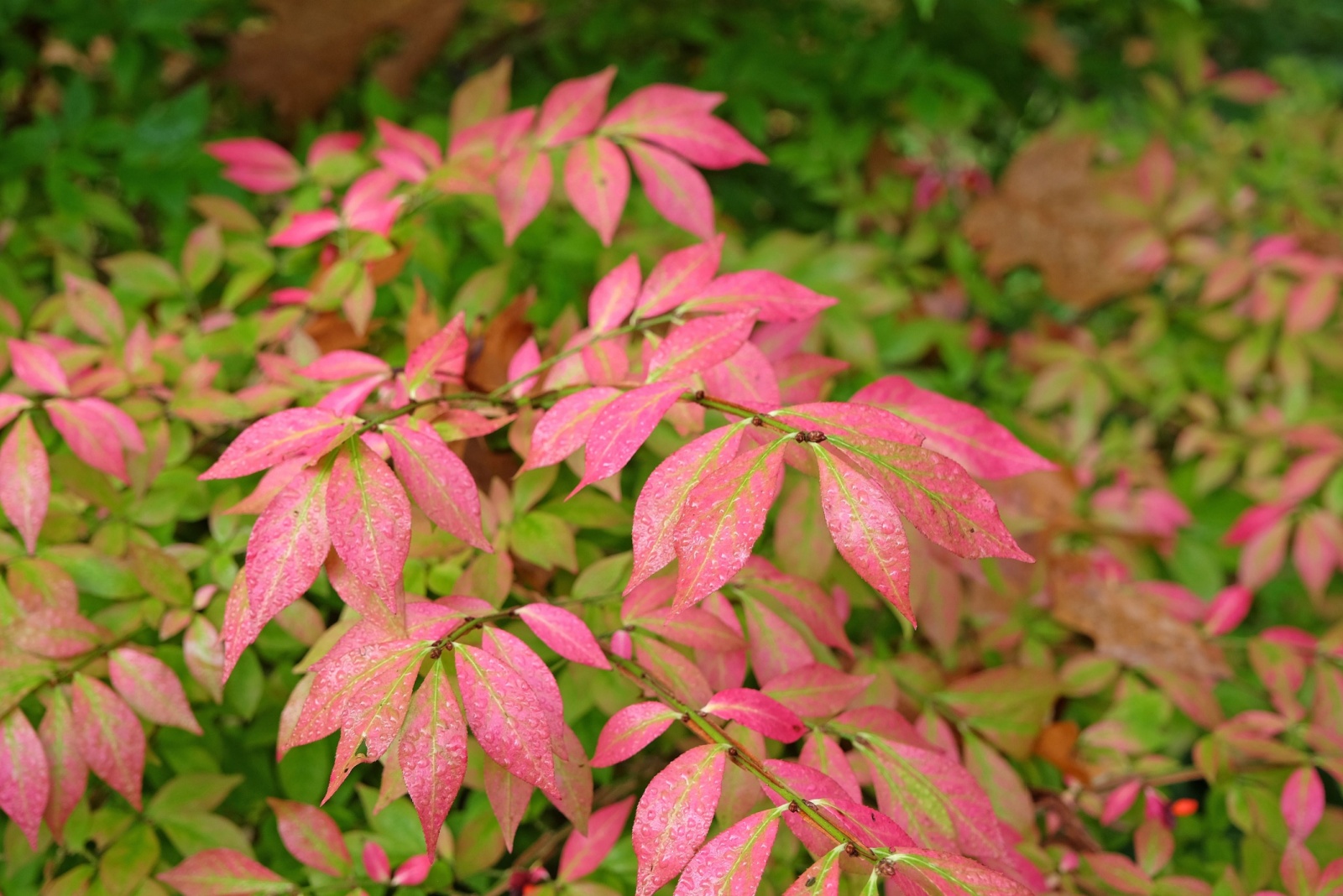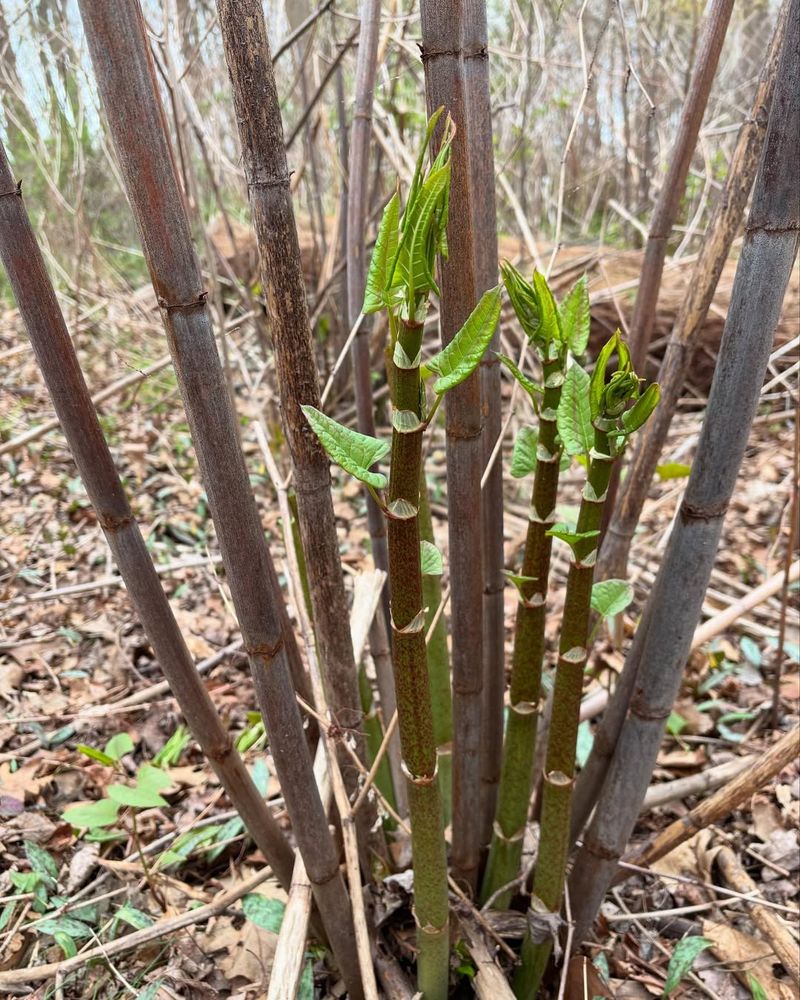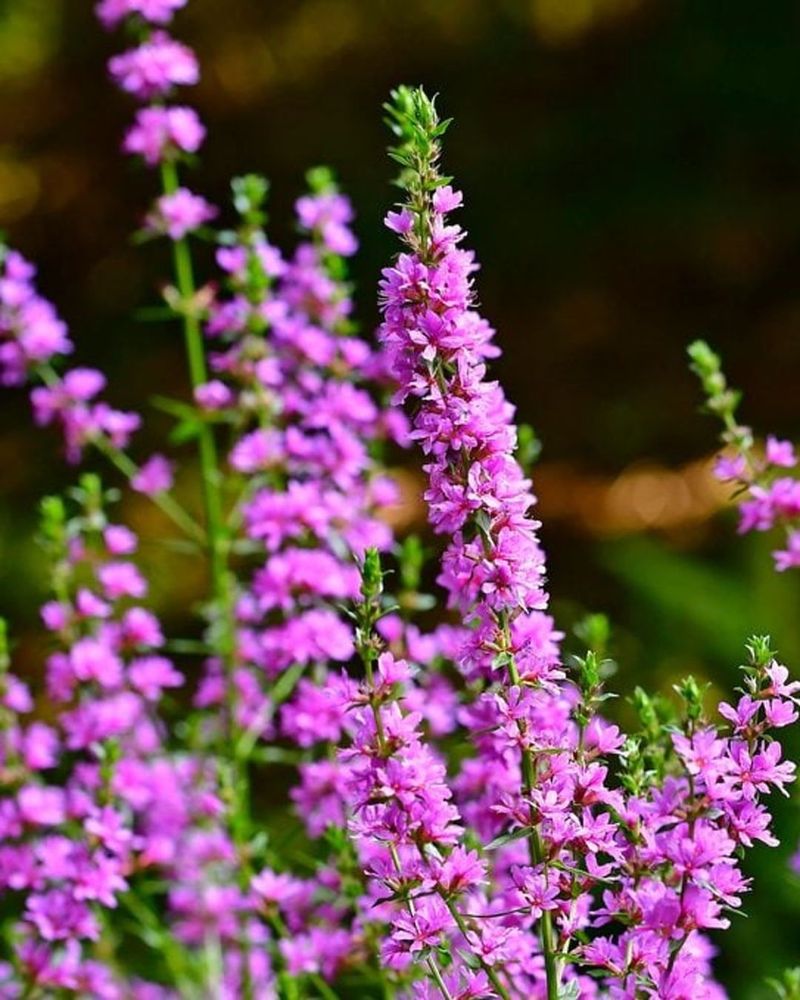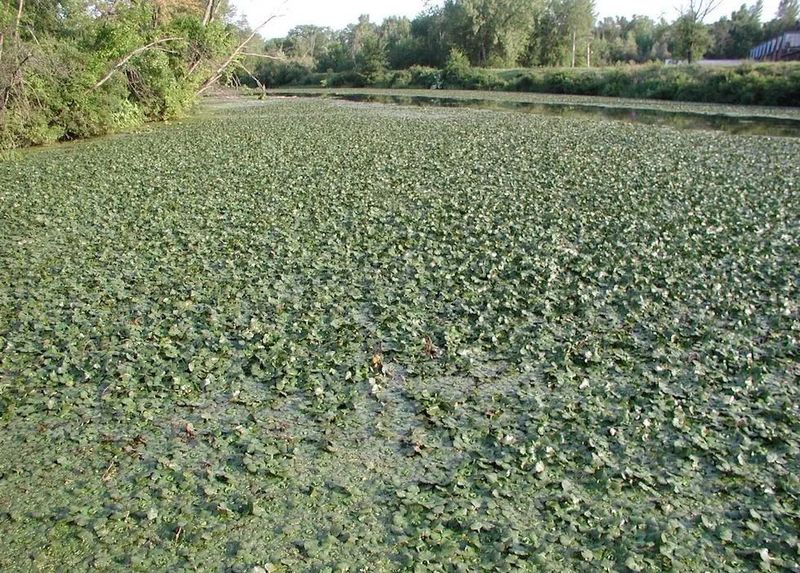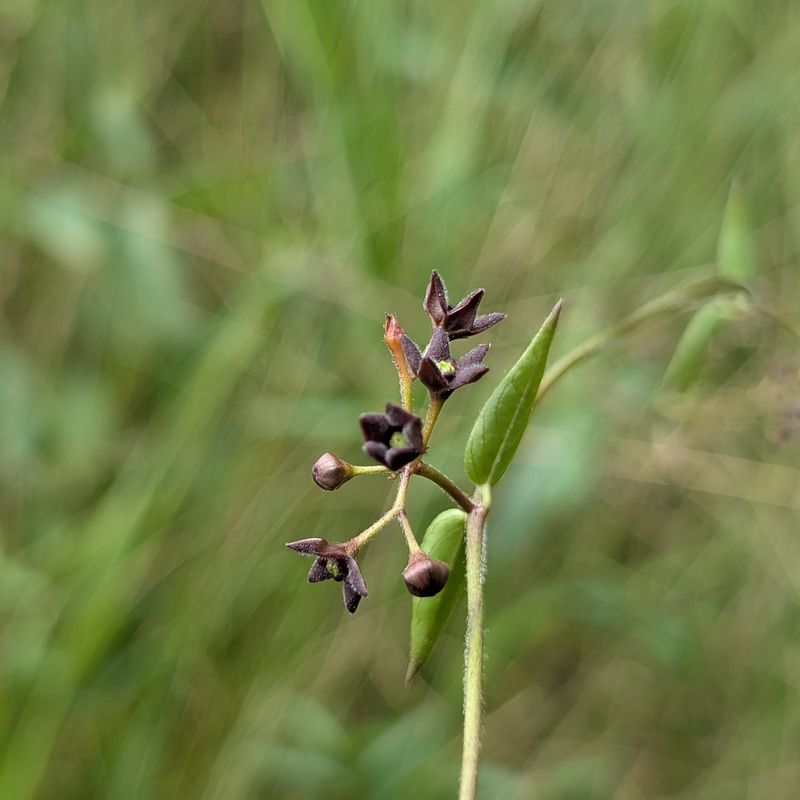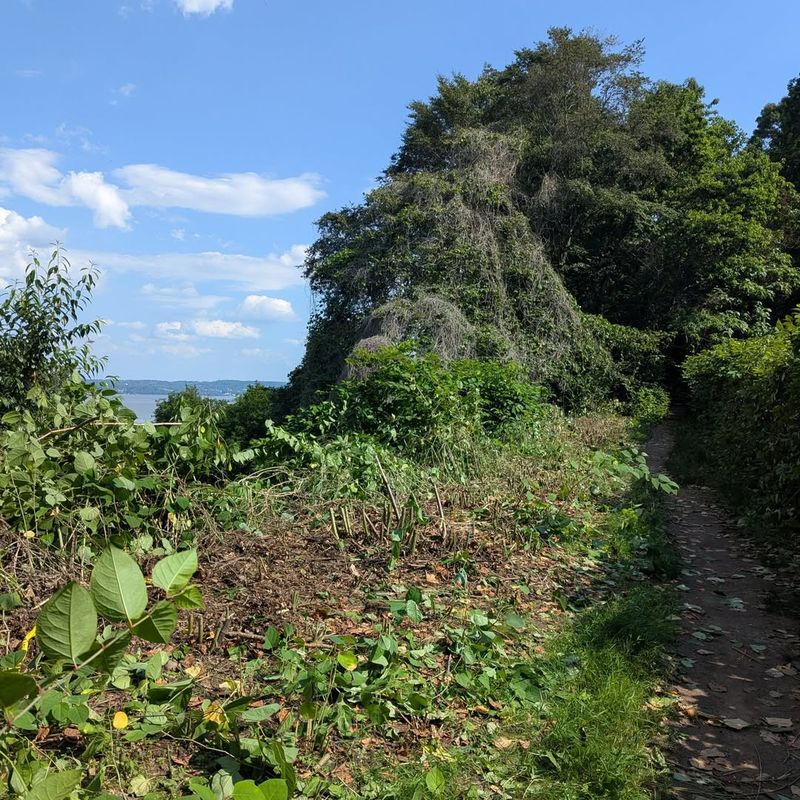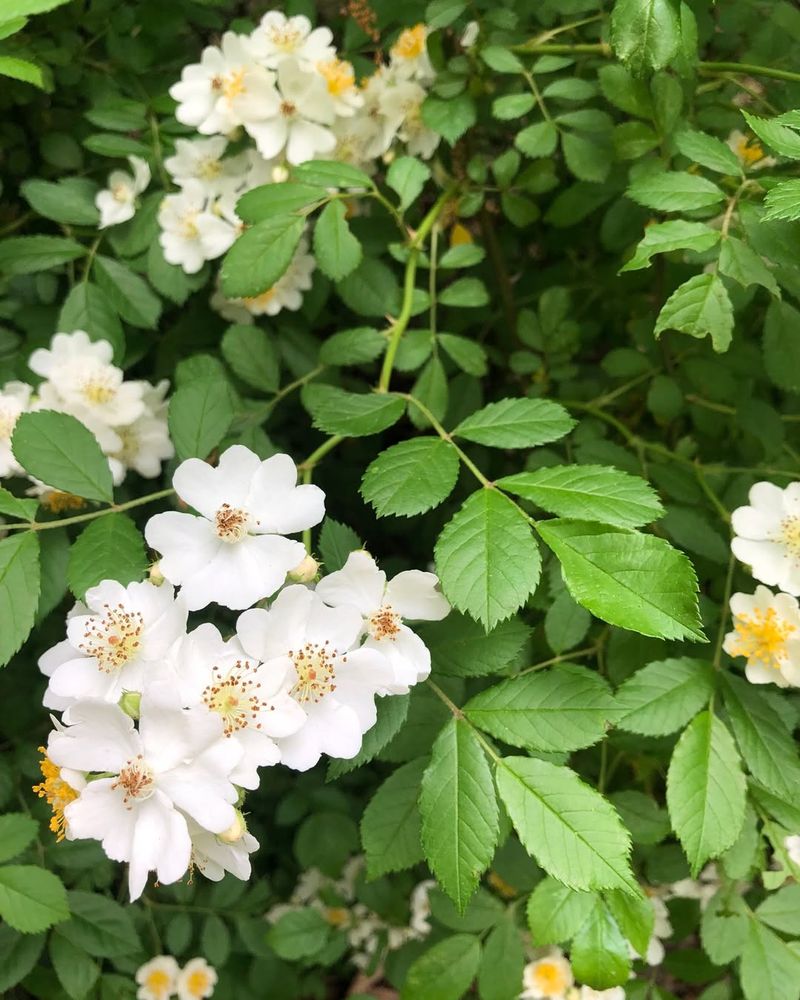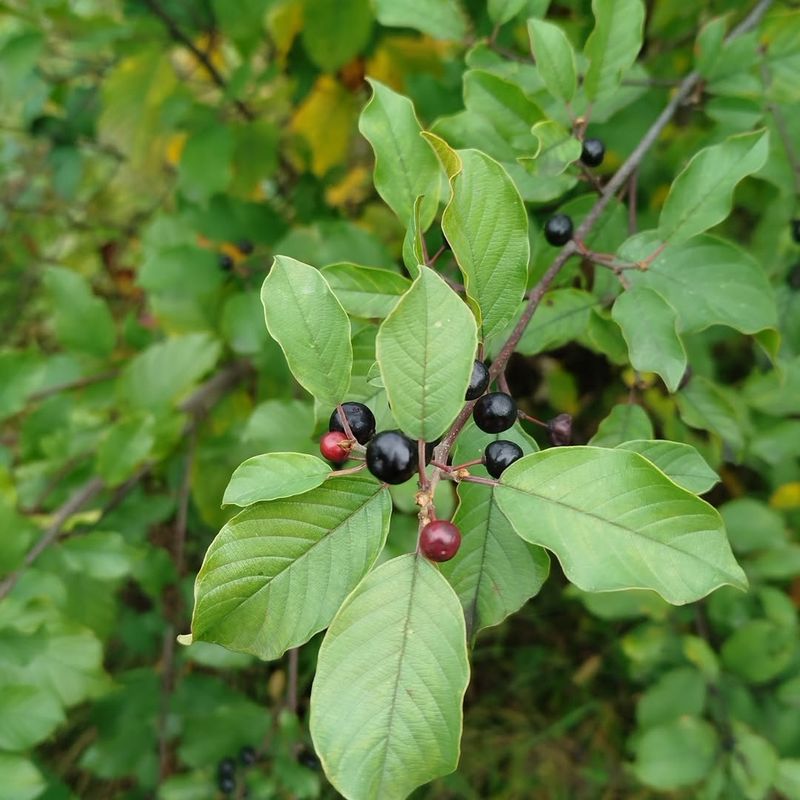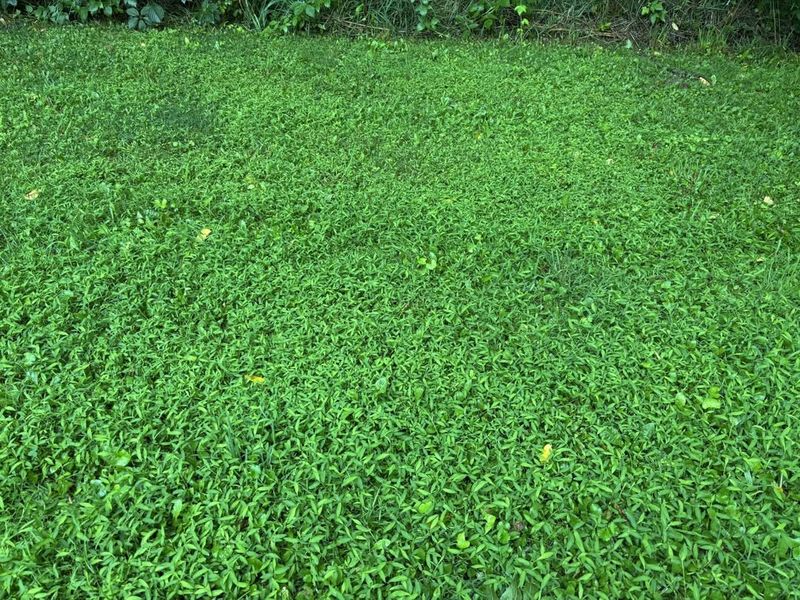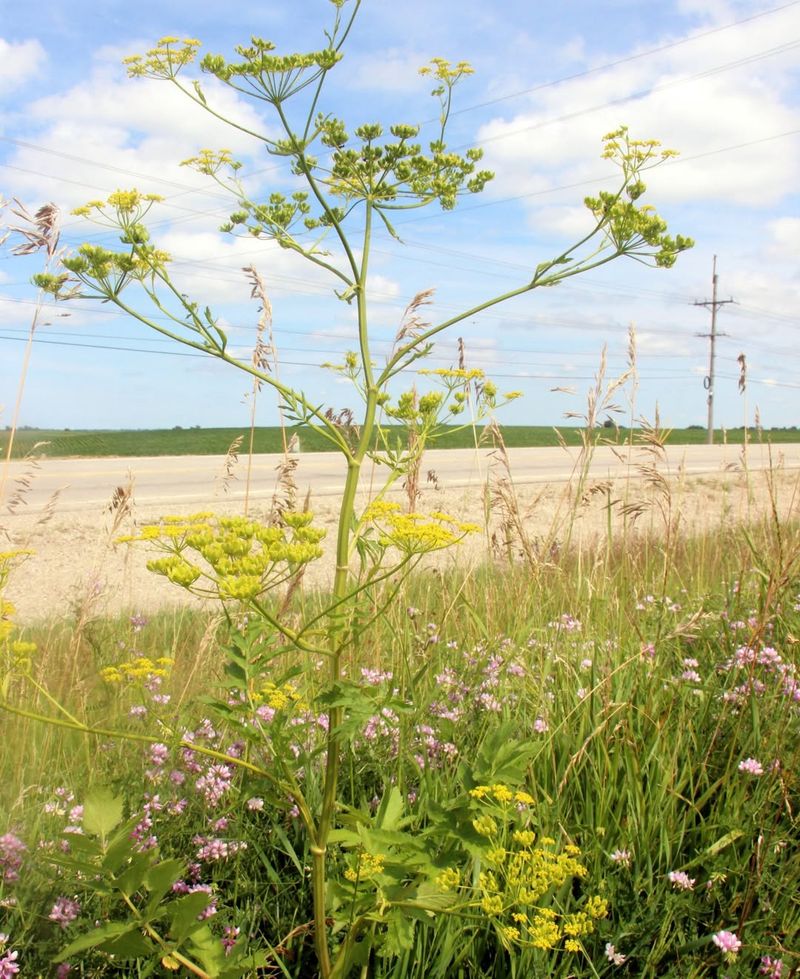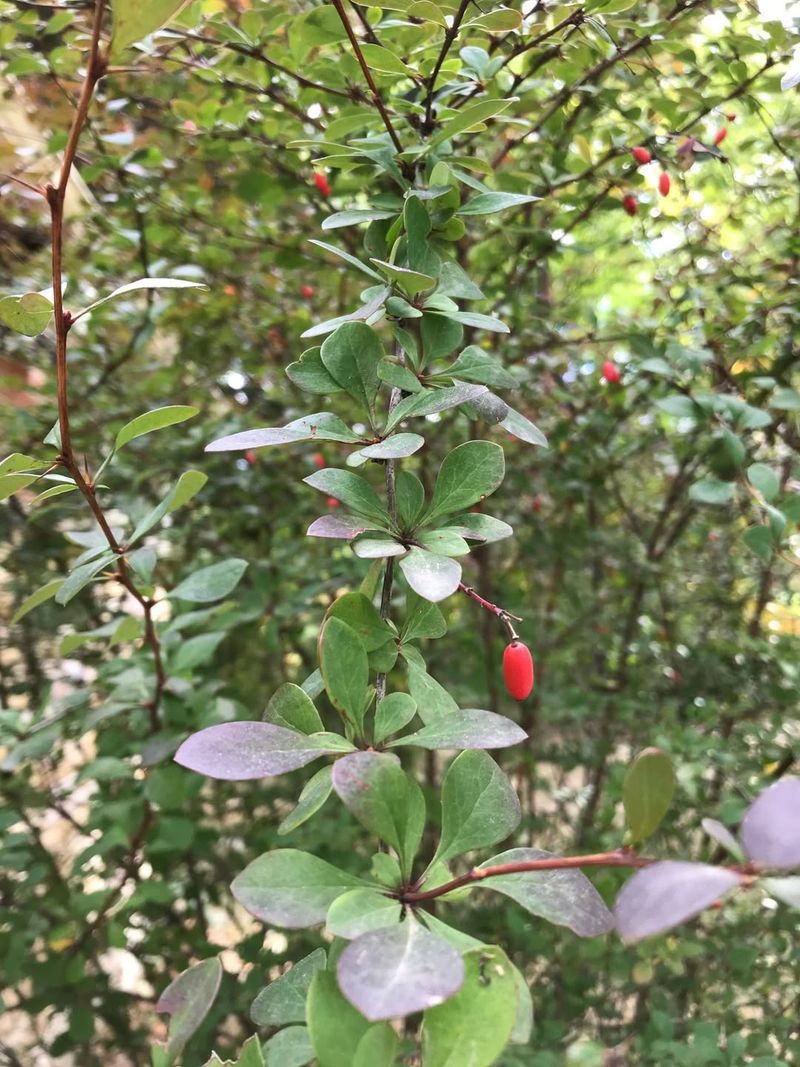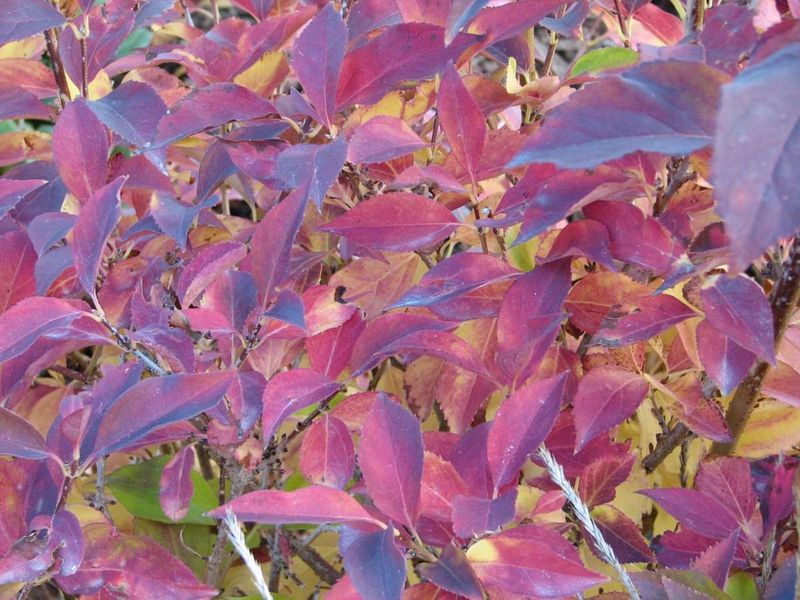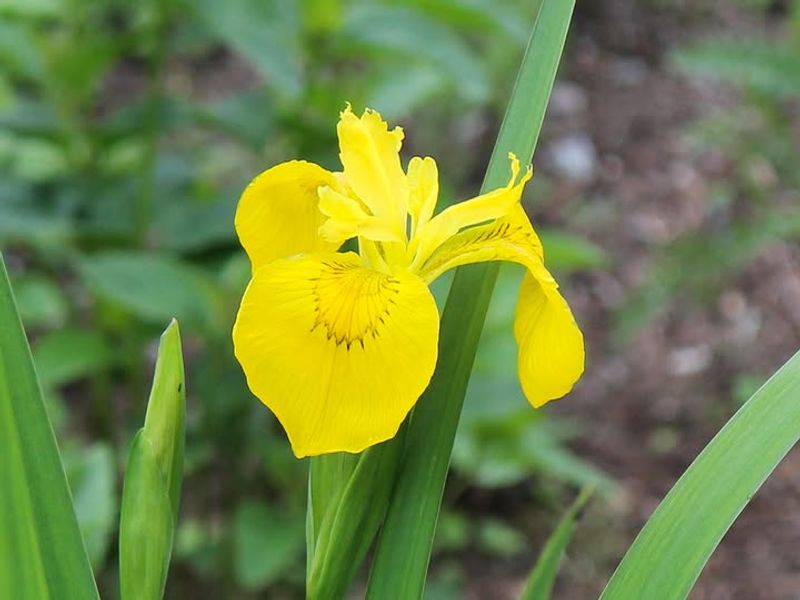New York’s efforts to protect native ecosystems and prevent invasive spread place strict limits on what residents can plant at home.
Some species threaten local wildlife, overwhelm natural areas, or carry risks that state regulations no longer overlook. Ignoring the rules can lead to fines or forced removal. Several well-known plants are now off-limits in New York backyards.
1. Japanese Knotweed
With roots that can crack through concrete and spread 20 feet underground, Japanese knotweed is one of the most destructive invasive plants in New York. It grows incredibly fast, sometimes reaching 10 feet tall in just one season.
Once established, it crowds out native plants and destroys building foundations. New York banned this aggressive spreader to protect homes and natural habitats.
If you spot it on your property, contact local authorities immediately for proper removal guidance.
2. Giant Hogweed
Standing up to 14 feet tall with white flower clusters that look like giant umbrellas, giant hogweed might seem impressive until you learn about its dangerous sap. Touching this plant causes severe burns and blisters that can last for months.
The toxic sap reacts with sunlight to create painful skin damage that leaves permanent scars. New York classified it as a prohibited noxious weed because of these serious health dangers.
Never touch or attempt to remove this plant yourself.
3. Purple Loosestrife
Beautiful purple flowers might make this plant look garden-worthy, but purple loosestrife destroys wetlands across New York State. Each plant produces millions of tiny seeds that spread rapidly through water and wind.
Wetlands choked by this invader lose their ability to support native wildlife like ducks, fish, and frogs. The plant forms dense mats that eliminate food sources for animals.
New York banned it to preserve critical wetland ecosystems that filter water and prevent flooding.
4. Water Chestnut
Floating rosettes of leaves might look harmless, but water chestnut creates impenetrable mats on lakes and ponds throughout New York. The plant produces spiny nuts with sharp points that pierce bare feet and make swimming dangerous.
Dense growth blocks sunlight from reaching underwater plants, suffocating aquatic life below. Boating becomes impossible as propellers tangle in thick vegetation.
New York banned water chestnut to keep waterways safe and accessible for recreation and wildlife.
5. Black Swallow-Wort
Monarch butterflies mistake this plant for milkweed and lay their eggs on it, but the caterpillars cannot survive on black swallow-wort leaves. This deception contributes to declining monarch populations across the state.
The vine spreads aggressively through underground roots and wind-dispersed seeds, forming dense tangles that smother native plants. It thrives in forests, fields, and roadsides.
New York prohibited this butterfly destroyer to protect endangered pollinators and preserve natural plant communities.
6. Kudzu
Known as the vine that ate the South, kudzu grows up to one foot per day and swallows entire buildings, trees, and cars. Though more common in southern states, New York banned it before it could establish a foothold.
The massive vine destroys trees by blocking all sunlight and adds tremendous weight that breaks branches. Root systems spread 30 feet deep, making removal extremely difficult.
Prevention through prohibition keeps New York landscapes from disappearing under this relentless green monster.
7. Multiflora Rose
Once planted along highways for erosion control, multiflora rose turned into a thorny nightmare that creates impenetrable barriers across New York farmland and forests. Dense thickets with sharp thorns make land unusable for farming or recreation.
Birds spread the seeds widely after eating the small red fruits, causing the plant to invade new areas constantly. A single plant produces up to 500,000 seeds annually.
New York banned further planting to prevent more agricultural land from becoming overrun.
8. Common Buckthorn
Buckthorn arrived in North America as an ornamental hedge plant but quickly escaped cultivation to dominate New York forests. It leafs out earlier than native plants and keeps its leaves longer, stealing sunlight from everything else.
The shrub produces chemicals that change soil composition, making it harder for native plants to grow. Birds spread the abundant berries but gain little nutrition from them.
New York restricted buckthorn planting to help native forest ecosystems recover and thrive naturally.
9. Pale Swallow-Wort
Similar to its darker cousin, pale swallow-wort tricks monarch butterflies into making a fatal mistake. The plant spreads through underground rhizomes and wind-blown seeds that travel long distances in fluffy white tufts.
Infestations quickly overtake gardens, farm fields, and natural areas, forming dense stands that exclude all other vegetation. The vine wraps around desirable plants and competes aggressively for resources.
New York banned this species alongside black swallow-wort to protect pollinators and maintain biodiversity in local ecosystems.
10. Wild Parsnip
Yellow flowers might look cheerful along roadsides, but wild parsnip contains toxic sap that causes severe chemical burns when exposed to sunlight. Brushing against the plant while gardening or hiking can result in painful blisters and dark scars.
The burns often require medical treatment and can leave permanent skin discoloration lasting for years. Wild parsnip spreads quickly along roads, trails, and disturbed areas.
New York discourages planting to reduce accidental exposure and protect public health from these dangerous reactions.
11. Japanese Barberry
Landscapers once loved Japanese barberry for its colorful foliage and low maintenance, but research revealed a disturbing connection to Lyme disease. Dense barberry thickets create perfect habitat for ticks by maintaining high humidity levels.
Areas with heavy barberry infestations have significantly higher tick populations, increasing disease risk for people and pets. The shrub also outcompetes native plants in forests.
New York restricted certain varieties to reduce tick habitat and protect public health from this growing disease threat.
12. Winged Euonymus
Known as burning bush for its brilliant red fall color, winged euonymus seemed like the perfect ornamental shrub until it started invading New York forests. Birds eat the orange berries and deposit seeds far from gardens.
The shrub tolerates shade and outcompetes native understory plants that provide food for wildlife. Dense growth prevents tree seedlings from establishing, changing forest structure.
New York added restrictions on this popular landscaping plant to prevent further spread into natural areas and preserve forest health.
13. Yellow Iris
Bright yellow blooms make this iris attractive for water gardens, but it rapidly colonizes wetlands and stream banks throughout New York. Dense root mats alter water flow patterns and increase erosion rather than preventing it.
The plant forms pure stands that provide no food value for native wildlife, essentially creating biological deserts. Yellow iris outcompetes native wetland plants that filter water and support diverse animal life.
New York prohibited new plantings to preserve the ecological functions of wetlands and protect water quality for communities.

